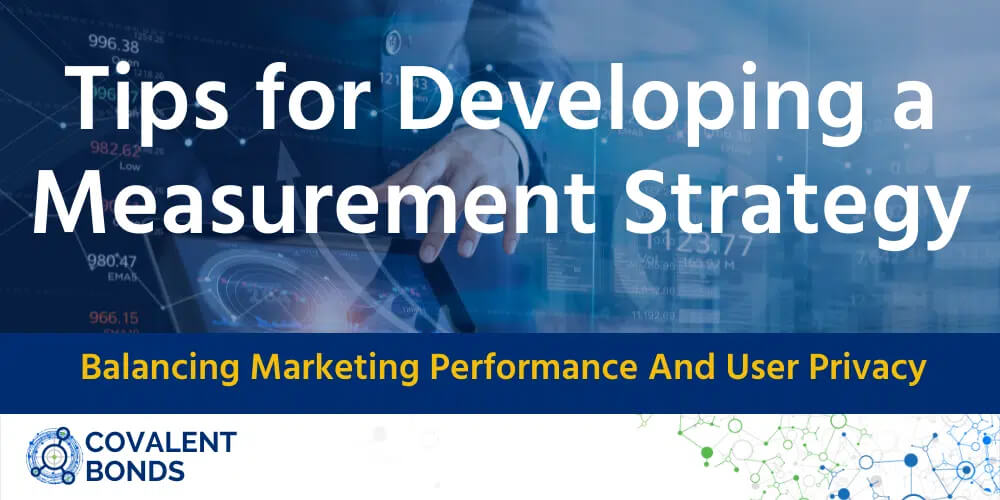You are now all likely deep into your 2022 strategic marketing planning cycle. Here are some top tips to incorporate marketing measurement into your plans:
- Design Measurement into Every Campaign and Tactic
It is nigh on impossible to measure success of an initiative if you do not design measurement in from the outset. You have to know what success will look like, what tools you need to gather the evidence (data), and what metrics and benchmarks you are going to use to monitor progress. If this is not done in advance, you are not likely to capture the information you need. Leading marketers only submit strategies and plans that include metrics and measurement as part of the justification. Here is a handy template that we use to define the marketing measurement methodology.
- Define Your Data Collection Strategy: Permissions
Work with your legal team and data protection officer to determine your data collection strategy, so that you can collect first-party data whenever your audience interacts with you. Planning in advance and then implementing a tagging strategy means that you have considered all data privacy laws, and established a clear permissions method.
Your audience must trust that you are handling their data within the parameters of their consent and within the confines of platforms’ data privacy initiatives and national and international privacy laws.. Apple recently started implementing their new iOS 15 privacy features, for example. This includes Mail Privacy Protection. Apple Mail users who opt into this new update will hide their IP address, location, and prevent senders from seeing when and if they’ve opened an email. While this is great for customer privacy, it will likely affect the impact of your email marketing efforts. Staying ahead of, and planning for these kinds of changes is critical.
Fewer cookies and trackers mean that first party data will be the primary method for you to rely on. In reality, in life sciences, this is likely to be less of a challenge than in consumer marketing, as generally, we are at the start of our measurement journey and therefore are not used to gathering the plethora of data that used to be available. Form fills (first-party data) have always been our primary source of information and leads.
Defining a ‘consent management platform’ (as Google calls it) documents and easily makes available user consent choices. Respecting user choices builds trust.
- Define Your Data Collection Strategy: Tags Permissions
Google Tag Manager is the backbone of a good tagging and measurement strategy. It helps you measure ROI and track your activity across your website and apps. If you are just starting out with measurement, read this great article from Google on implementing Tag Manager.
Integrate your consent-management platform with your analytics tools to respect user consent choices across all channels. For example, if a user does not consent to cookies, your website can update its tag behavior to not use cookies during that user’s visit.
- Integrate Insights From Form Fills Across All Your Marketing Channels (First Party Data)
First-party data – the personal information that your audience chooses to give you – is gold. However, collecting it in isolation only gives you one part of the picture. You need to make sure that you are integrating this information from all of your channels – events, webinars, website etc. By pooling it and then analyzing it all together, you get much richer insights about what interests your target audience and potential trends that you can maximise. Google research has discovered that ‘that companies that link their first-party data sources can generate 1.5X the incremental revenue from single ad placement,1 communication, or outreach’.
- Integrate all of your Martech and Measurement Tools
I have mentioned this already, but it is worth saying again: make sure all of your systems are connected. Your CRM, marketing automation, social platforms and more are a wealth of data. By bringing the data together you can get a much more accurate picture of the buying journey.
Need help with your marketing strategy and measurement planning? Then drop us a line. We are happy to help.



